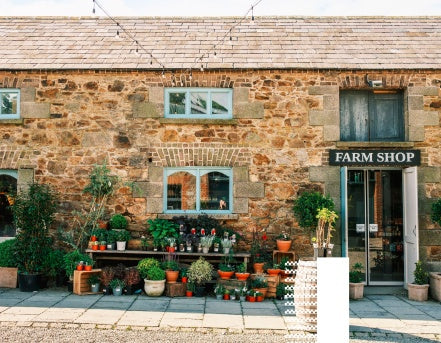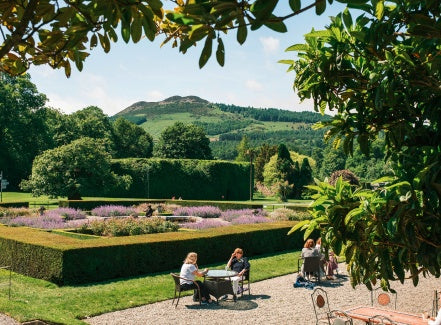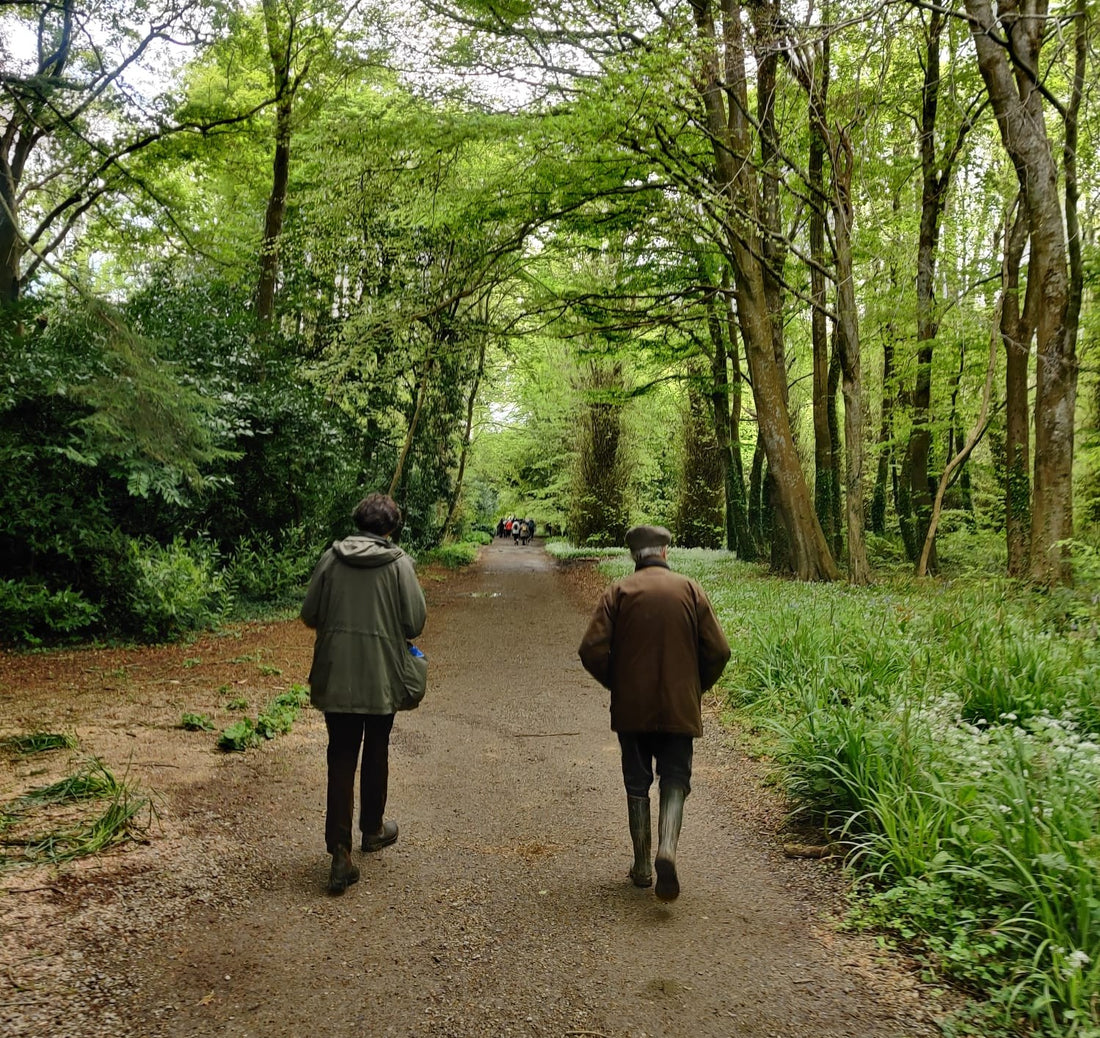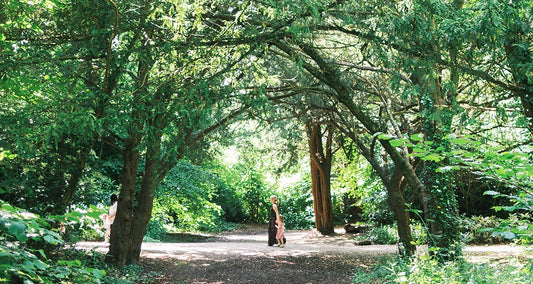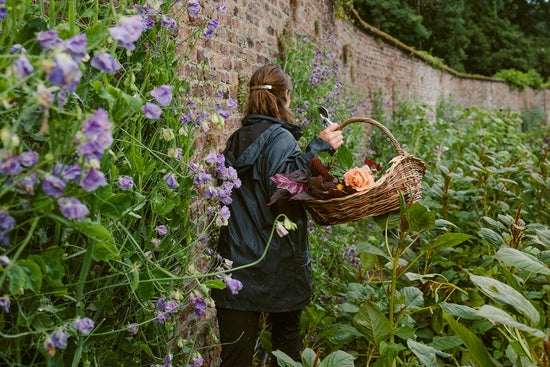Over the twenty or so years I have been part of the family at Killruddery, I have seen the care and dedication my father-in-law has for the land. He knows each area of the Estate intimately, makes decisions for each area of the woodlands based on their bio-diversity and preservation, and plants new trees which he then tends to on an annual basis. His enthusiasm and steadfast manner never dwindles. I am pleased to share Jack’s Spring 2023 Killruddery Nature Diary.
Trees in Killruddery Gardens April 2023
One likes to think that trees are a permanent feature of these gardens. However, these supposedly permanent features can suffer from climate problems such as drought, wind storms, lightning strikes and disease. Globalisation has not helped in protecting our trees. Dutch elm disease caused by unbarked logs from New England decimated our only native elm, the Wych Elm. Very recently our ash trees have been very badly affected by a disease called cholaris fraxinous. Pure plantations of young ash have been decimated since 2009. There are other diseases which are very dangerous to woody living plants (ie. trees and shrubs), I have only mentioned two of them.
This January and February we had severe wind speeds followed by the wettest March for a very long time. One of our feature trees planted in 1896, the Bhutan Pine from the Indian subcontinent (Bhutan) had lost a gigantic limb in April 2022. I noticed small signs of rot but I thought that there was sufficient balance left in the tree’s structure and its foliage was a healthy colour to keep it standing. Fast forward to early January 2023, after three consecutive days of gales my son informed me that this great tree had smashed and spread eagled onto the ground. It took three day’s work by a skilled tree surgeon to clear up the timber but you can still visit the great butt and happily not much damage was caused to surrounding trees and hedges. When you lose a feature tree in a landscape you are apt to think you have lost an old friend and a permanent structure, however one has to remember trees have a finite life span. The value of this tree to this landscape was very great, the value of the timber, nil. Luckily we have two young Bhutan Pines coming on which Daragh, the Head Gardener, has grown from seed and so the cycle will begin again.
We also had to fell our Tree of Heaven which blew down in the rhodie rood plus a badly cankered flowering cherry. Beside the steps leading from the rhodie rood in the Angles we had to carry out tree surgery on our Chinese Varnish tree due to wind storm damage, hopefully this will prolong its life.
Our yew trees are a very important feature particularly the hedges which the gardeners spend much time thinning and pruning. Our common yews are not very healthy, almost all of them show yellowing foliage and every year we have to fell one or two. This year on the lowest lawn near the Sylvan Theatre we felled a yew tree which proved to be 90% dead. I counted the rings, which were sometimes difficult to decipher, and calculated that the age was between 280 to 305 years.
The Magnolias Elizabeth which were planted to commemorate my parents started to bloom on April 10th which was extraordinarily early. Though quite young, planted in 2006, they bloom normally in early May. In February we pruned branches of three beech trees which were shading out these magnolias.
Our mature magnolias (Soulangeana) planted by my late mother over sixty years ago came out this year before our rhododendron arboreum, most extraordinary. The magnolia stellata came out in early March, they are sheltered in the knot garden even so they were earlier than usual. Our final piece of important husbandry will take place during this month on our Magnolia Grandiflora which is growing on the south wall near the Tea Room. This is an autumn flowering tree and flowered very well last August to October and still possessed buds ready to burst in November! This is a spectacular feature plant of monstrous size but has become unwieldy and has suffered greatly from wind damage. Planted in about 1918 by Aileen, my grandmother, it is going to get a proper haircut to give it a more solid structure and balance. This should hopefully rejuvenate its life span.
There are two camellias side by side planted at the base of the rock face, one is white and the other is pink. The white one bloomed in mid-November, caught the frost on the 10th December but flowered again into mid April. The pink companion, ten feet away, flowered the last week of March, all very weird.
Although not a tree I have to mention our special feature, the Long Ponds which have had serious work carried out on them. Originally when these ponds were constructed in the 17th century with white marl used as a sealant to stop water leaking into the soil bed, unfortunately this is now not available. In January the ponds were drained, followed by a digger removing all the silt and vegetation which had accumulated over the years. The digger had a slow and arduous job in avoiding any form of puncturing the floor of these ponds, his was a job of perfection indeed. My son organised a further inlet pipe into the second pond to improve the flow of water from the round pond at the end of the garden and it is hoped that this will keep the ponds cleaner and restore their function as ‘miroirs d’eaux’. Further work was needed on the round pond, with the boy and goose fountain, to repair the cement surrounds. All the water features in the garden are dependent on gravity, the water flowing from the Little Sugar Loaf mountain, this is why by the end of the summer the water levels often drop severely.
Jack Meath

